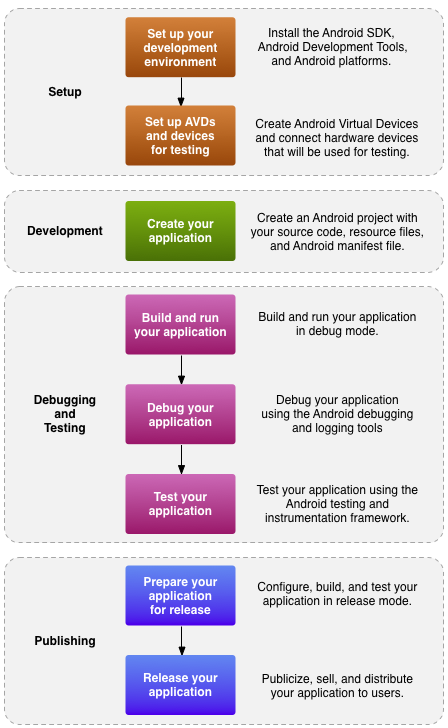

From the Project Explorer, click Project Settings.To modify the Android Manifest.xml file from Visualizer, follow these steps: Various permissions for the application.Supported SDK versions: minimum, target, and maximum.

With Quantum Visualizer, you can define the following options in the AndroidManifest.xml file: The Android manifest file provides information such as activities, services, broadcast receivers, and content providers of an android application. The Android manifest file also specifies the app’s package name that helps the Android SDK while building the app. The Android manifest file helps to declare the permissions that an app must have to access data from other apps. The manifest file provides essential information about your app to the Android operating system, and Google Play store. The file is located at WorkspaceName>/temp//build/luaandroid/dist. When you build an Android app by using Quantum Visualizer, an AndroidManifest.xml file is created in the app's corresponding dist folder.


 0 kommentar(er)
0 kommentar(er)
